- A child suffering from an abnormally structured heart or a blood vessel is said to be suffering from a congenital heart disease (CHD).
- The child’s heart suffers from serious functional disadvantages, and the efficiency is very poor. The heart may have holes in them or they may have incomplete and missing parts.
- The blood vessels will be very narrow and they may also be leaky.
- Few congenital heart diseases found in babies are very minor and they don’t require any treatment. On the other hand, few diseases require a series of surgeries performed over several years.
- As a parent, if your child is suffering from a congenital heart disease, you need to know what to expect from your child in the forthcoming years.
CAUSES
FOR A CHD:
When the child is in the womb, the heart
begins to develop in the first six weeks of pregnancy. The major blood vessels
also begin to develop. It is at this stage that a baby might begin to develop
heart diseases. The development of defects is mainly genetic.
SYMPTOMS
OF A CONGENITAL HEART DISEASE:
If your child is suffering from a CHD, he/she will begin to show the symptoms immediately after birth or just a few months after birth.
The symptoms for a serious congenital heart disease include the following;
- Rapid breathing.
- Rapid heartbeats.
- Chest pain.
- Cyanosis-a bluish tint to the skin, toes, fingernails.
- Shortness of breath.
- Flared nostrils.
- Swelling around the eyes, legs etc.
Each CHD has its own characteristic
features. A hole in the heart will lead to the mixing of the oxygen rich blood
and the deoxygenated blood, and if these holes are big enough then the total
oxygen carried to the body is very less (This is the main reason for the cause
of cyanosis-lack of oxygen).
DETECTING A CHD:
DETECTING A CHD:
Congenital heart diseases can be detected even before birth. Techniques like echocardiogram and a fetal ultrasound can show any abnormalities in the fetus’ heart. After the child is born, the doctor can identify the presence of CHDs by listening to abnormal heart sounds or heart murmurs using a stethoscope. Depending upon the type of abnormal heart beats, further diagnosis can be made by using tests such as an Electrocardiogram, Echocardiogram or a Chest X-Ray. The treatment for the CHD can be given only if the exact disease can be identified.
Congenital heart diseases cause a lot of
complications. They can be cured properly only if treatment is started at an
early age. A lifelong follow up to the treatment is required to prevent any new
conditions from arising and keeping the existing conditions at bay.



























